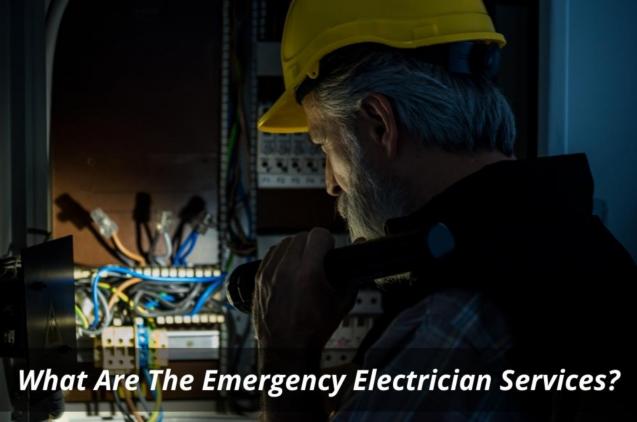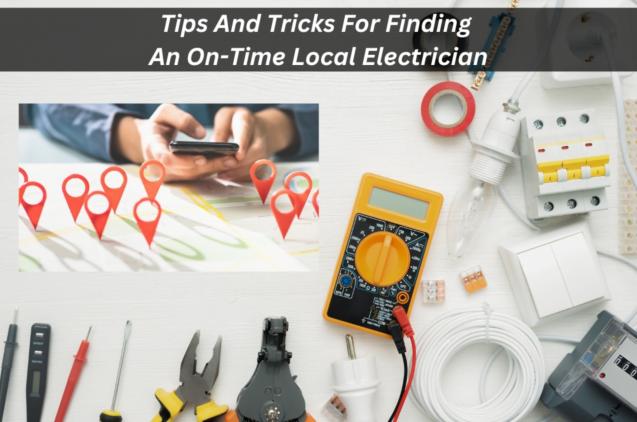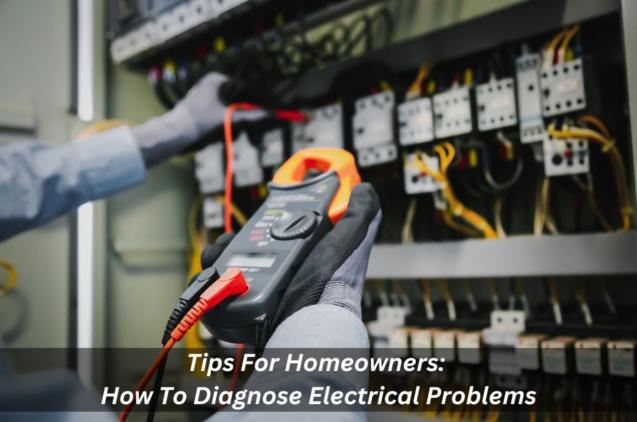
What Are Common Problems With Lighting Systems?
By Electrician Near Me Sydney|September 14, 2022
Lighting systems are vital to everyday life. Some lights provide security at home or work, illuminate buildings and streets, and even signal traffic lights. Unfortunately, lighting systems aren’t always reliable. They often go out unexpectedly, causing frustration.
There are two main types of light bulbs: incandescent and halogen. Incandescents generate heat during their operation. Halogens produce brighter light without heat. These bulbs come in various sizes from miniature to large.
Many people mistakenly believe that all fluorescent lights are made with ballasts. This is not true. Fluorescents also use lamps and sockets.
Lamps hold the fluorescent tube and power it when electricity passes through the socket. The ballast regulates how much current flows into the lamp.
If you want to change your existing bulb, start by checking its type. For most applications, either incandescent or halogen will do. To determine what kind of bulb you need, look for these features on your fixture: a label with letters and numbers; a date code, manufacturer's name and other information; and an identification number.
This information can be found on the bottom panel inside the fixture box. Some fixtures may not list the type of light bulb they contain, so check the instructions included with them.
In addition to the type of light you choose, think about the size. You'll find different options available based on how many watts a bulb produces and where it shines. Higher wattage means more brightness for outdoor lighting, but it costs more energy to operate.
Also, consider whether you want your light to shine directly or indirectly. Direct lighting illuminates objects directly. Indirect lighting creates softer edges around the object.
Indoor lighting usually uses direct light because indirect light provides uneven illumination. Outdoor lighting doesn't require direct light. It uses both direct and indirect lighting for greater coverage.
You should select a bulb that meets your needs. Look for the following features: maximum lumen output; colour coding temperature; beam pattern (single or multiple); directionality (angle of spread); and power consumption. Check the label before buying a new bulb, since some versions might only meet one standard.
To learn more about lighting systems, it is highly recommended to talk to a professional such as an electrical contractor or commercial electrician Sydney-Wide. He or she can help you decide which electrical work is best suited for your business needs.
How Can I Install Electrical Wiring In My Garage?
Garages are great places for storing bicycles, motorcycles, tools and equipment—but sometimes there isn't enough space to fit everything you need. If this describes your garage, then electrical wiring in garages could be just what you need.
But if you're looking for a good way to install electrical wiring in your garage, you might be surprised by the variety of options you have. Read on to learn about the differences among three popular methods for installing electrical wiring in garages.
Installing electrical wiring Inside Your House
When you first move into a house, one important job is to work out any electrical system problems with the existing electrical wiring colours, including determining whether the wire and cable supply the right amount of power and safely managing voltage fluctuations.
The old wiring may be overloaded, underutilized, damaged or simply obsolete. You may even discover that some components aren't wired colour code properly. Once you've located your main power source, you'll likely connect your home's circuits from outlets installed near the ceiling. These boxes typically carry a 15-amp service, meaning they provide enough power for two to four appliances or lights.
If you plan on adding additional circuits, you'll probably have to run earth wire through walls or ceilings. Before you do that, make sure the circuit breakers will easily accommodate the increase in load. For example, if you add a receptacle, you must also add a breaker. Likewise, if you plan to use several wall switches, you'll need to add more circuits to each switch.
The easiest way to get started is to contact a qualified electrician for all your electrical services who can show you how to locate the correct circuits, and grounding wires and install your own wiring. They work 24 hours and 7 days a week. It's always a good idea to hire an experienced electrician who has experience working in homes like yours.
A licensed electrician can also tell you what kind of building codes apply to your particular situation. And he or she can advise you on safety issues related to running electricity.
There are two main types of light bulbs: incandescent and halogen. Incandescents generate heat during their operation. Halogens produce brighter light without heat. These bulbs come in various sizes from miniature to large.
Many people mistakenly believe that all fluorescent lights are made with ballasts. This is not true. Fluorescents also use lamps and sockets.
Lamps hold the fluorescent tube and power it when electricity passes through the socket. The ballast regulates how much current flows into the lamp.
If you want to change your existing bulb, start by checking its type. For most applications, either incandescent or halogen will do. To determine what kind of bulb you need, look for these features on your fixture: a label with letters and numbers; a date code, manufacturer's name and other information; and an identification number.
This information can be found on the bottom panel inside the fixture box. Some fixtures may not list the type of light bulb they contain, so check the instructions included with them.
In addition to the type of light you choose, think about the size. You'll find different options available based on how many watts a bulb produces and where it shines. Higher wattage means more brightness for outdoor lighting, but it costs more energy to operate.
Also, consider whether you want your light to shine directly or indirectly. Direct lighting illuminates objects directly. Indirect lighting creates softer edges around the object.
Indoor lighting usually uses direct light because indirect light provides uneven illumination. Outdoor lighting doesn't require direct light. It uses both direct and indirect lighting for greater coverage.
You should select a bulb that meets your needs. Look for the following features: maximum lumen output; colour coding temperature; beam pattern (single or multiple); directionality (angle of spread); and power consumption. Check the label before buying a new bulb, since some versions might only meet one standard.
To learn more about lighting systems, it is highly recommended to talk to a professional such as an electrical contractor or commercial electrician Sydney-Wide. He or she can help you decide which electrical work is best suited for your business needs.
How Can I Install Electrical Wiring In My Garage?
Garages are great places for storing bicycles, motorcycles, tools and equipment—but sometimes there isn't enough space to fit everything you need. If this describes your garage, then electrical wiring in garages could be just what you need.
But if you're looking for a good way to install electrical wiring in your garage, you might be surprised by the variety of options you have. Read on to learn about the differences among three popular methods for installing electrical wiring in garages.
Installing electrical wiring Inside Your House
When you first move into a house, one important job is to work out any electrical system problems with the existing electrical wiring colours, including determining whether the wire and cable supply the right amount of power and safely managing voltage fluctuations.
The old wiring may be overloaded, underutilized, damaged or simply obsolete. You may even discover that some components aren't wired colour code properly. Once you've located your main power source, you'll likely connect your home's circuits from outlets installed near the ceiling. These boxes typically carry a 15-amp service, meaning they provide enough power for two to four appliances or lights.
If you plan on adding additional circuits, you'll probably have to run earth wire through walls or ceilings. Before you do that, make sure the circuit breakers will easily accommodate the increase in load. For example, if you add a receptacle, you must also add a breaker. Likewise, if you plan to use several wall switches, you'll need to add more circuits to each switch.
The easiest way to get started is to contact a qualified electrician for all your electrical services who can show you how to locate the correct circuits, and grounding wires and install your own wiring. They work 24 hours and 7 days a week. It's always a good idea to hire an experienced electrician who has experience working in homes like yours.
A licensed electrician can also tell you what kind of building codes apply to your particular situation. And he or she can advise you on safety issues related to running electricity.



